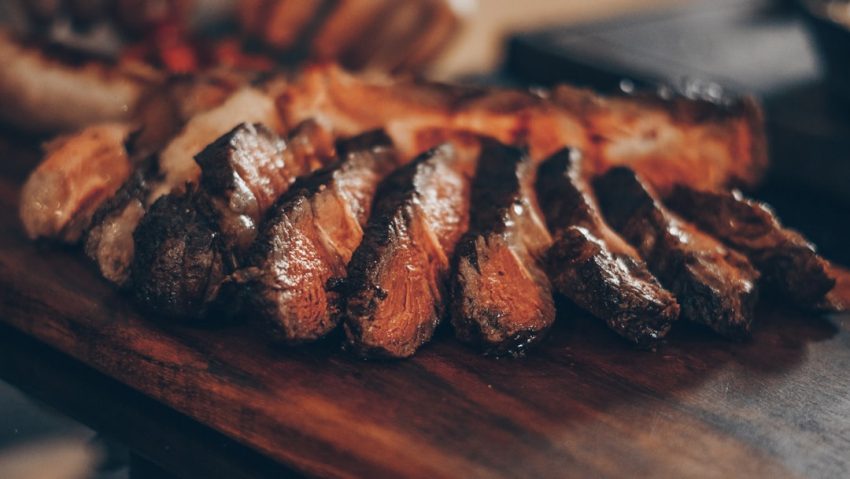Selecting the right cut of beef ribs is key for a successful BBQ beef ribs recipe using low and slow cooking techniques. Opt for meaty cuts like baby back, spare rib, or short rib roasts with good marbling for even cooking and juiciness. Prepare ribs by removing excess fat, then coat them in a flavorful marinade or dry rub featuring spices like paprika, garlic powder, salt, pepper, brown sugar, and chili powder to enhance taste and tenderness.
Unleash the ultimate BBQ experience with a guide to mastering the low and slow cooking method for tender, mouthwatering beef ribs. This ancient technique transforms tough cuts into succulent delights, perfect for a hearty meal. Learn which types of ribs, from Baby Back to Spare Rib, are best suited for this art. Discover preparation secrets, from marinating to dry rubs, and navigate the subtle nuances of smoker or oven settings. Enhance your creation with glazes, sauces, and serving suggestions, elevating your BBQ beef ribs recipe to new heights.
- Choosing the Right Ribs for Low and Slow Cooking
- – Types of beef ribs suitable for this method
- – Differences between baby back, spare rib, and other cuts
- Preparation and Marinade (or Dry Rub) Techniques
Choosing the Right Ribs for Low and Slow Cooking
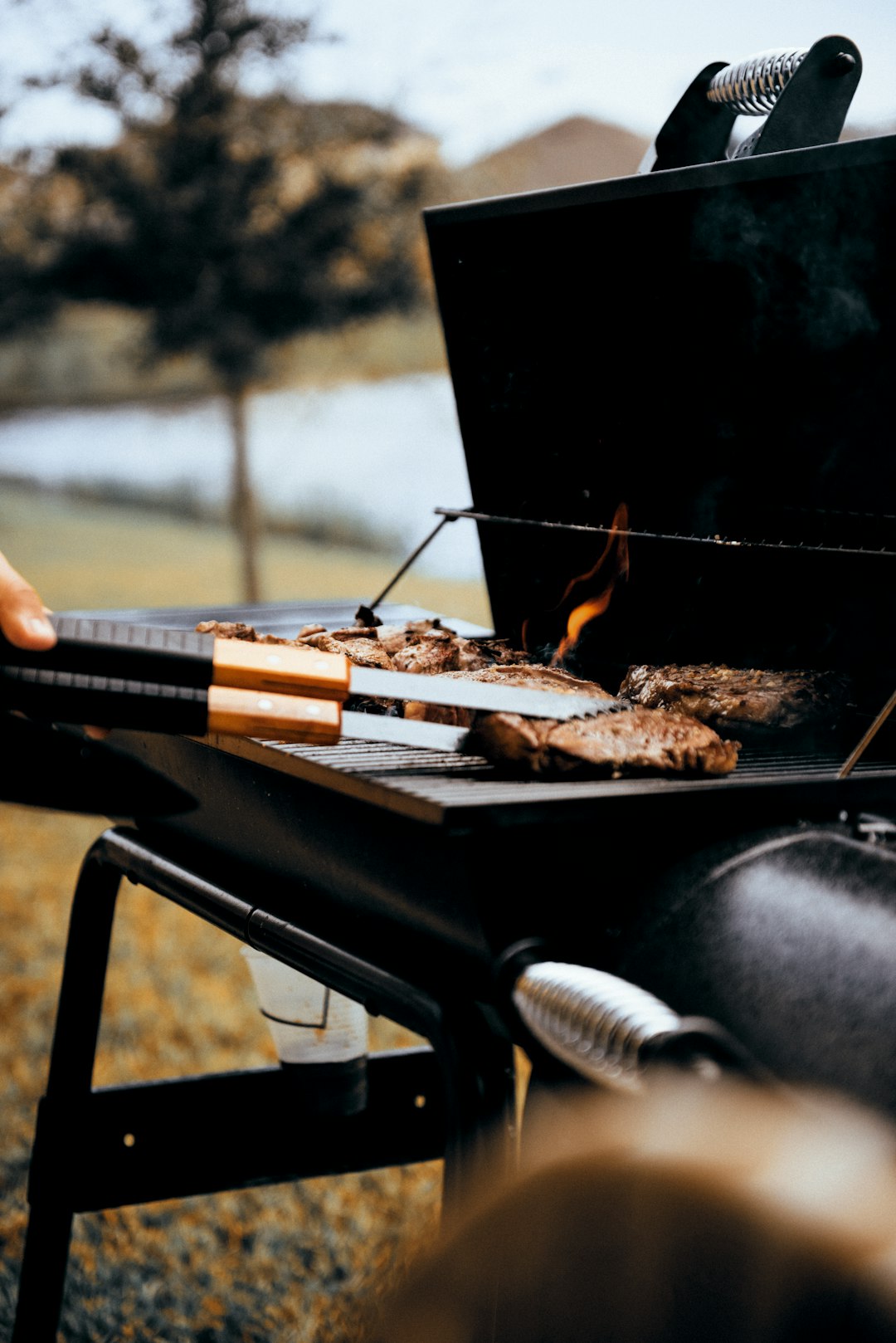
When it comes to low and slow cooking for tender, mouthwatering BBQ beef ribs recipes, selecting the right cut is key. Look for meaty, full ribs with good marbling; this ensures even cooking and juicy results. The most popular choice for this method is baby back or spare rib cuts due to their smaller bone structure and abundant meat-to-bone ratio. These ribs are incredibly flavorful when slow-cooked, allowing the BBQ sauce to penetrate deep into the meat.
The beauty of low and slow cooking lies in its patience; it transforms tough, stringy ribs into a tender, fall-off-the-bone delicacy. This technique is a game-changer for BBQ beef ribs recipes, ensuring each bite is flavorful and succulent. Remember, quality ingredients are essential, so choose your ribs wisely to set the stage for an exceptional culinary experience.
– Types of beef ribs suitable for this method
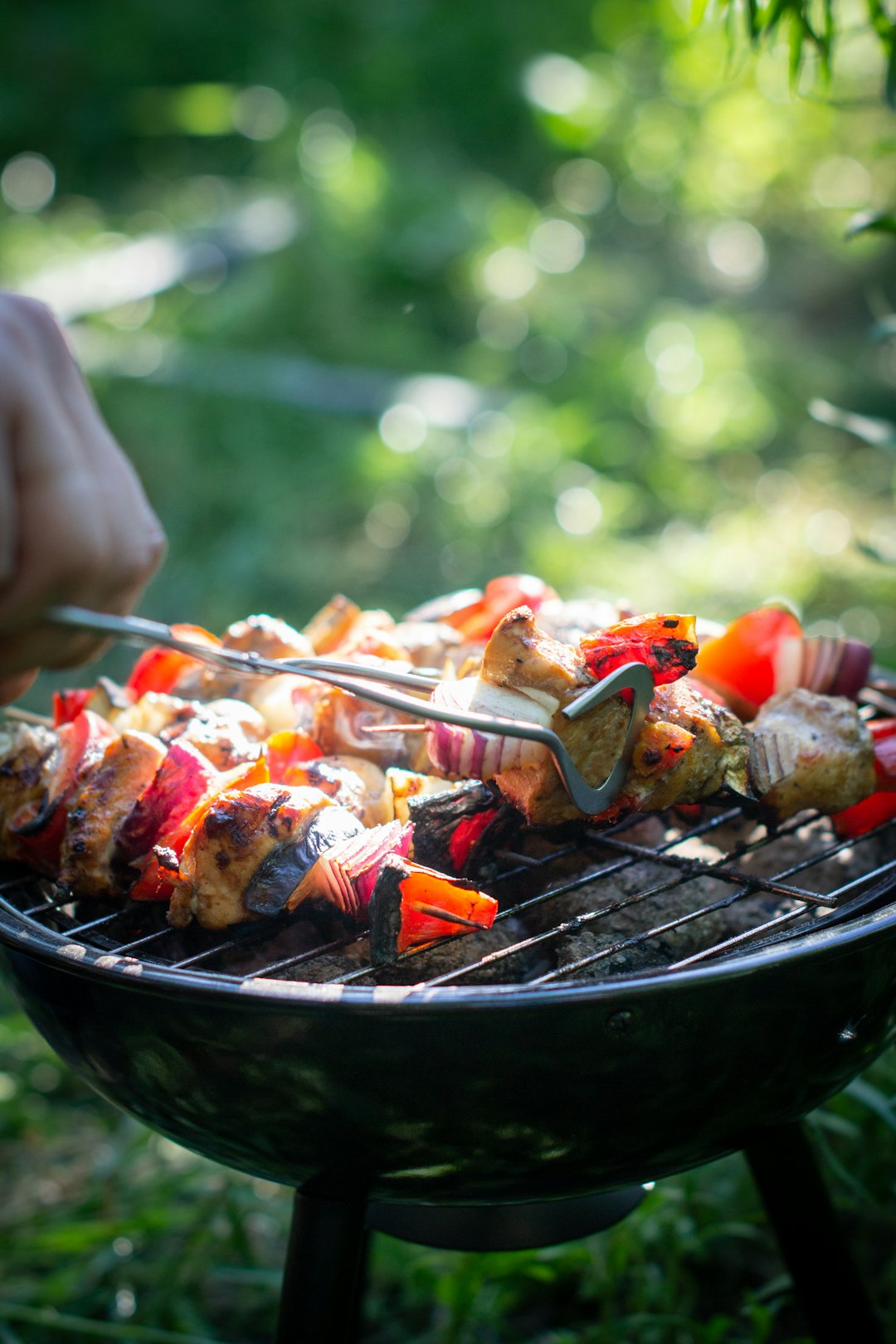
When it comes to low and slow cooking for tender, mouthwatering BBQ beef ribs recipes, certain cuts of meat are better suited than others. The key is to choose ribs with plenty of marbling and a good layer of fat, as this helps retain moisture during the extended cook time. Short rib roasts, also known as blade or cross-cut ribs, are an excellent choice due to their tenderness and rich flavor profile. They tend to have a more even bone distribution, making them ideal for slow-cooking methods. These ribs offer a delicious blend of tender meat and juicy bones, perfect for soaking up your favorite BBQ sauce.
For the ultimate BBQ beef ribs recipe, opt for whole meaty ribs instead of cut sections. Look for ribs with good alignment, where the meaty portion runs in straight lines between the bones. This ensures even cooking and maximum flavor absorption. The traditional style of BBQ ribs, often called St. Louis-cut or baby back ribs, can also be used, but keep in mind that they may require a bit more attention to ensure they stay tender during the low and slow process.
– Differences between baby back, spare rib, and other cuts
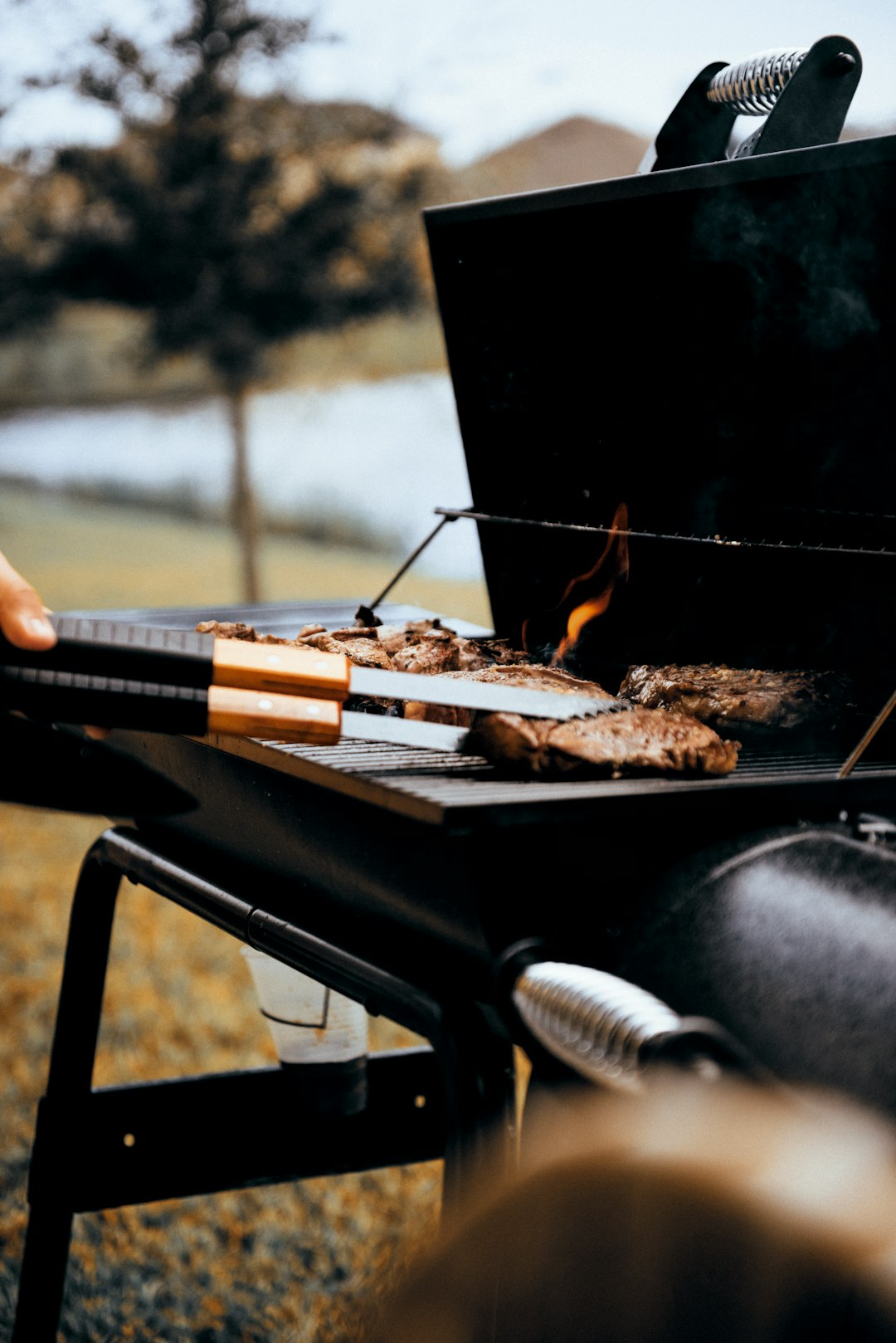
When it comes to low and slow cooking for tender, delicious BBQ beef ribs, understanding the different cuts is key to achieving perfection. The most common types include baby back and spare rib, each with distinct characteristics. Baby back ribs are known for their meaty, compact shape, offering a balanced blend of bone and meat. This cut is ideal for low-and-slow cooking as it maintains moisture and tends to stay tender with extended cooking times. On the other hand, spare ribs feature more bones and a slightly leaner profile, providing a richer flavor but requiring careful handling during slow-cooking to prevent them from drying out.
Other rib cuts, like short ribs or rack of rib, have their own merits. Short ribs are often more tender due to their smaller bone structure and abundant marbling, making them suitable for quick cooking methods. Rack of rib, also known as prime ribs, boasts a generous marbling that contributes to intense flavor but may require more attention during slow cooking to prevent overcooking, ensuring they stay juicy and flavorful. Whether you choose baby back or explore other cuts, mastering the low-and-slow technique will result in mouthwatering BBQ beef ribs that are sure to satisfy any rib enthusiast.
Preparation and Marinade (or Dry Rub) Techniques
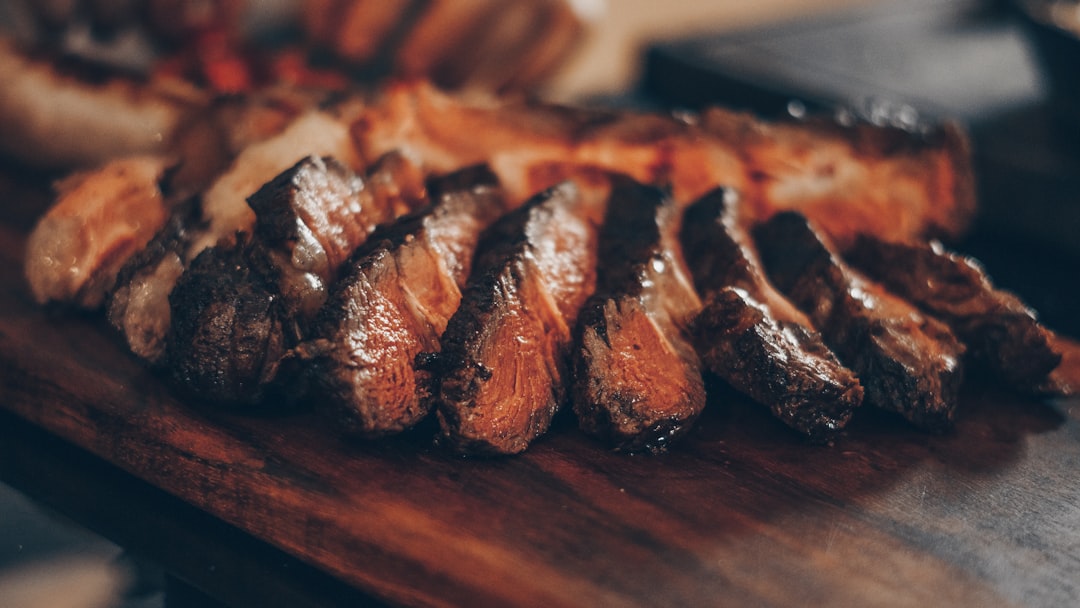
When preparing BBQ beef ribs for a low and slow cook, the foundation lies in a meticulous preparation and marinade (or dry rub) process. Start by selecting high-quality, meaty beef ribs with good marbling. Remove any excess fat or silver skin to achieve a more tender final product. This initial step is crucial as it ensures even cooking and prevents tough, chewy ribs.
For the marinade or dry rub, a blend of spices like paprika, garlic powder, salt, pepper, brown sugar, and chili powder creates a delicious and flavorful coating. Rub this mixture generously over both sides of the ribs, ensuring every inch is covered. This technique not only enhances taste but also helps to break down connective tissues during the slow-cooking process, resulting in incredibly tender BBQ beef ribs that melt in your mouth.
